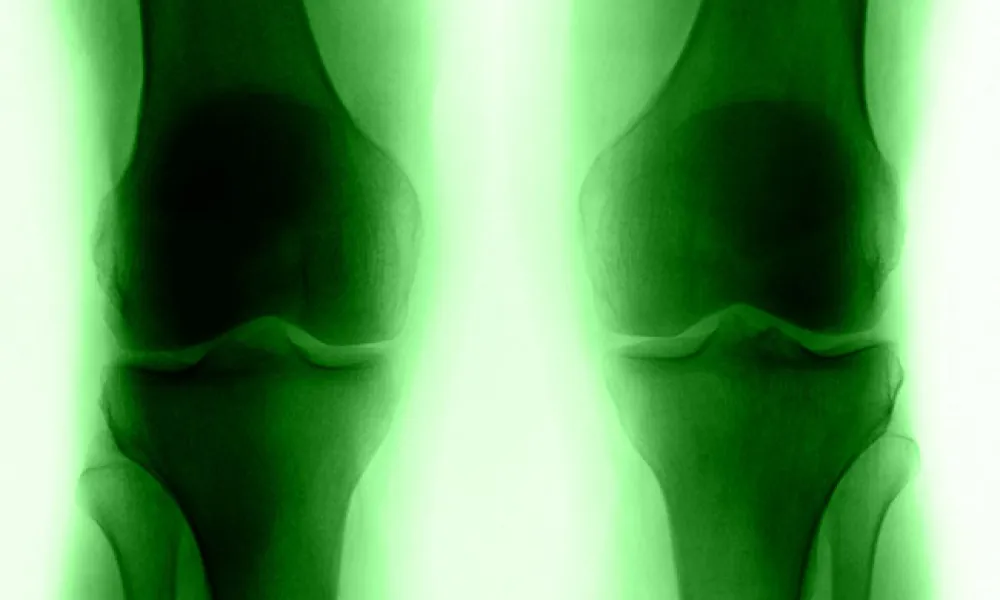Traditionally, joint replacement surgery required a several-day stay in the hospital. In the 1980s, the average length of stay was approximately seven days, and now it has decreased nationally to approximately two days. There is an evolution in the thought process of length of stay for joint replacement surgery. With improved techniques, particularly improved pain management, the length of stay has dropped significantly over the last 10 years. Now, centers are looking into and beginning short-stay or outpatient joint replacement surgery.
For healthy individuals who have few risk factors, this will be a reality if not now, then in the near future. At Proliance Orthopedic Associates and Valley Medical Center, our anterior hip replacement patients spend the night and go home the following day after their hip replacement surgery. These patients are up walking around within a few hours of their procedure and become independent going up and down stairs and carrying out other activities necessary for going home.
Knee replacement patients typically stay a bit longer due to the increased discomfort associated with a knee replacement. Usually, patients are very comfortable the first 24 hours and probably could go home at that point, but often experience a rebound in pain as the various blocks wear off from surgery. Improved patient education and better support in the early postoperative period will enable many patients who spend the night to go home sooner.
Ten years ago, orthopedic surgeons began evaluating surgical exposures, length of the incision, and other factors. There was a great shift to “minimally invasive surgery,” and perhaps we overshot our mark and now use a more sensible approach to the skin incision and surgical exposure. I think the same will happen regarding length of stay with joint replacement. Some patients will be suitable for outpatient joint replacement; others will benefit from an overnight stay.
This is a quickly evolving subject, and both patients and physicians will use a shared decision-making model to come up with the proper decision and also strategize about how to optimize patients for shorter-stay surgery. Stay tuned. We will continue to update this exciting story.

